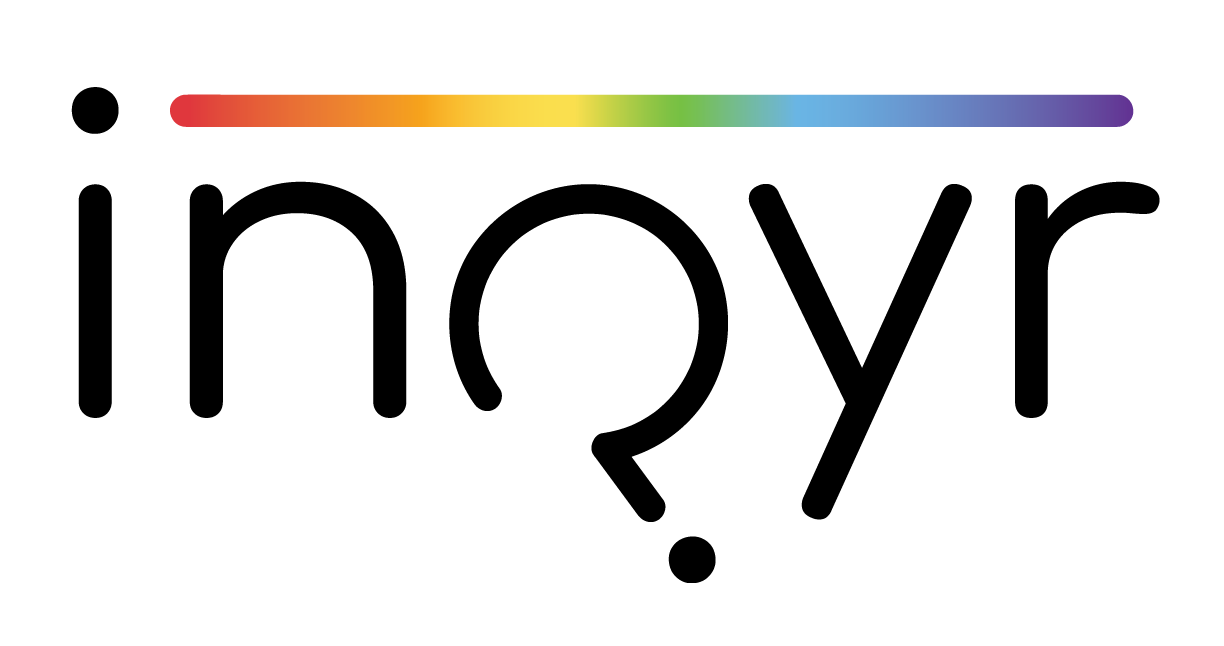Building bridges and breaking down silos: A framework for developing interdisciplinary, international academic-community research collaborations for the benefit of sexual and gender minority youth
Shelley L. Craig, Andrew D. Eaton, Ashley S. Brooks, Lauren B. McInroy, Ignacio Lozano-Verduzco, Ashley Austin, Michael P. Dentato, Juan Carlos Mendoza Pérez & Daragh T. McDermott (2022) Building bridges and breaking down silos: A framework for developing interdisciplinary, international academic-community research collaborations for the benefit of sexual and gender minority youth, Psychology & Sexuality, DOI: 10.1080/19419899.2022.2043421
Highlights
Background
Increased proliferation of ICTs has increased capacity for SGMY academics to form networks around the world, presenting an opportunity for technology-engaged research with SGMY
There exist few international research partnerships for LGBTQ+ populations, with none of them focusing on sexual and gender minority youth (SGMY) and information communication technologies (ICTs)
Study Description
This critical reflection examines the first three years of operation of the International Partnership for Queer Youth Resilience (INQYR), a seven-year SSHRC-funded partnership between—at time of writing—scholars in Canada, the United States, Mexico, and the United Kingdom
Key Findings
Partnership barriers experienced during this time, included language barriers, time zone barriers, personal and workload barriers, lack of infrastructure, power and historical tensions, and technology failure. Strategies for mitigating these, including equity between partners, flexibility, and development of policy, documentation, and processes are suggested
Partnership facilitators experienced during this time included diversity, trust-building, shared goals, and clear communication, which also help to mitigate against partnership barriers
Conclusion
Development and sustainment of international, bilingual, and interdisciplinary partnerships for SGMY cannot be prescriptive in their approaches. Partners must utilize ICTs strategically and be responsive to the unique dynamics in their partnerships in order to mitigate against partnership barriers and maximize their facilitators.

